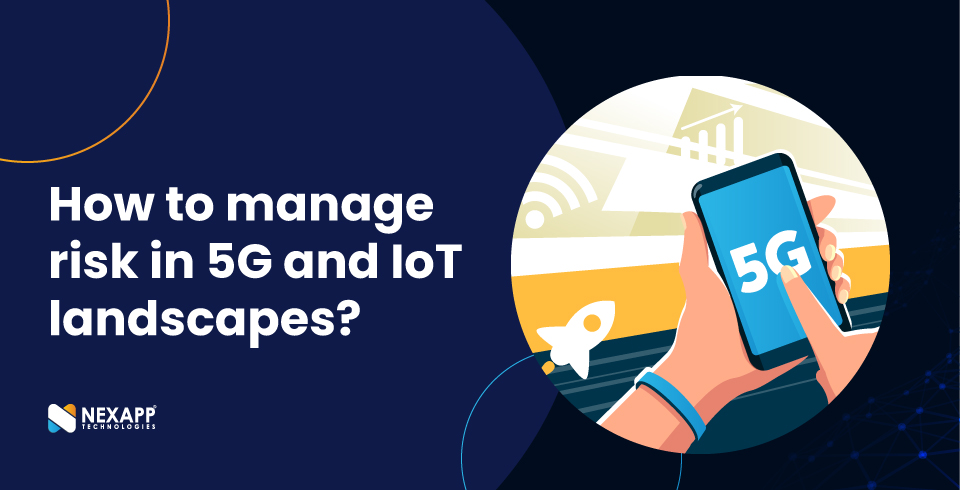
Picture this. You wake up to a day where your cell phone isn’t buzzing. You check the time on your analog watch and not a smart watch that talks to you about your heart rate and how many steps you need to take today to complete your daily goal.
Picture this, waking up to a life where your everyday isn’t affected or influenced by connectivity or devices.
Today, the number of businesses that use IoT is growing and there is no stopping this.
Modern customers and businesses have completely moved into the sphere of wireless technology. With 5G now in the picture, and the Internet of Things driving the world, communication is growing at a pace never seen before, effectively and yielding better results.
Though, with its innumerable benefits and the increase in demand and usage, the 5G and IoT attack surfaces have also been growing at a similar pace. The threat to our devices and data is constantly looming around in these innovations. Especially many hackers who try to capitalize using various strategies.
Let us discuss some of these key challenges and threats that entail 5G / IoT
- Internet of things – companies are deploying IoT devices, but many haven’t yet changed their policy which focused on a security first strategy. This creates a potentially large attack surface for insecure devices.
- Unsecure communications – Unsecure communications and data transmission between devices make it easy for third parties to gain access to sensitive information.
- Lack of security updates – With many different changes happening in the IoT world, there is always something new coming up. This is why manufacturers provide updates that address these new changes as well as manage security risks. Failing to do so makes your devices vulnerable to attack from unknown locations and security flaws.
- Insufficient authentication and password hygiene – This happens when devices do not implement adequate measures while verifying users and who they claim to be. This gives access to outside attackers as well as insider threat actors to access IoT endpoints.
What can you do about it?
As we know, the risks aren’t just limited to these few points. With technology advancing by the day, there is also an advancement in how security is threatened.
But there are ways to prevent them too.
- Zero trust network access
- Regularly patch and update IoT devices
- Implement device tracking and monitoring
- Continuous evaluation of your security
- Device and data protection
- Proactive threat intelligence
To find out how exactly they work and how you can prevent your devices from being at risk better, keep an eye out for a detailed post on this. Follow Nexapp Technologies to stay updated.


